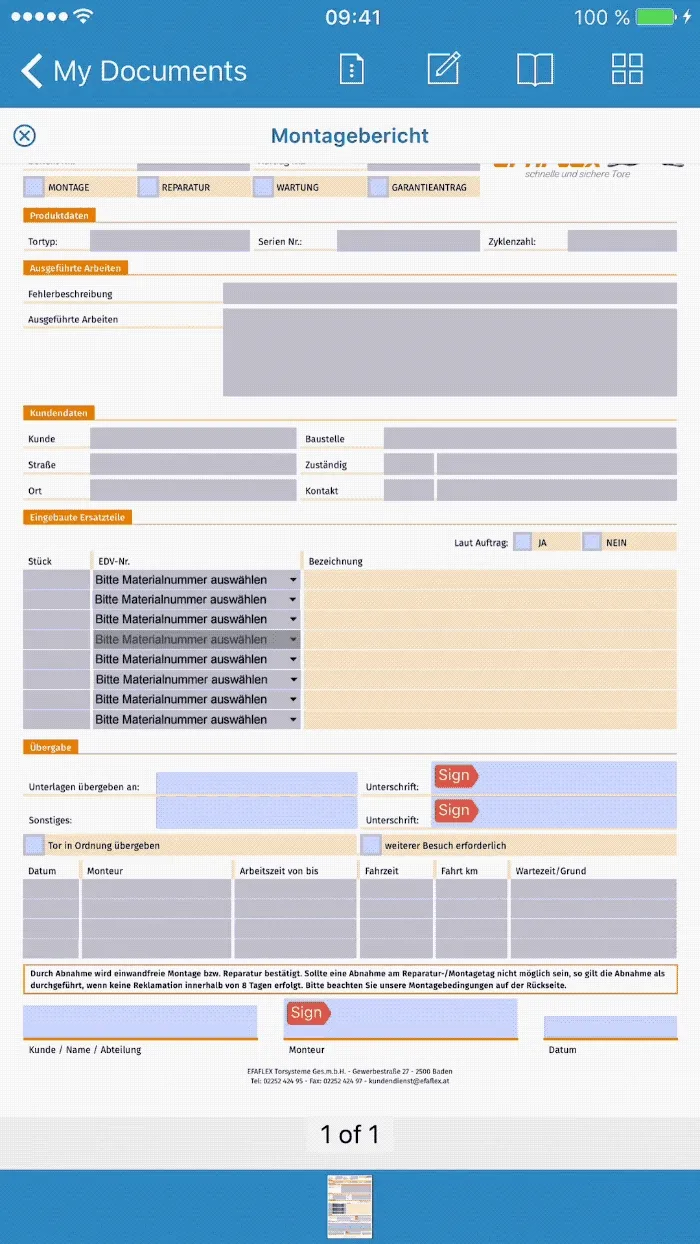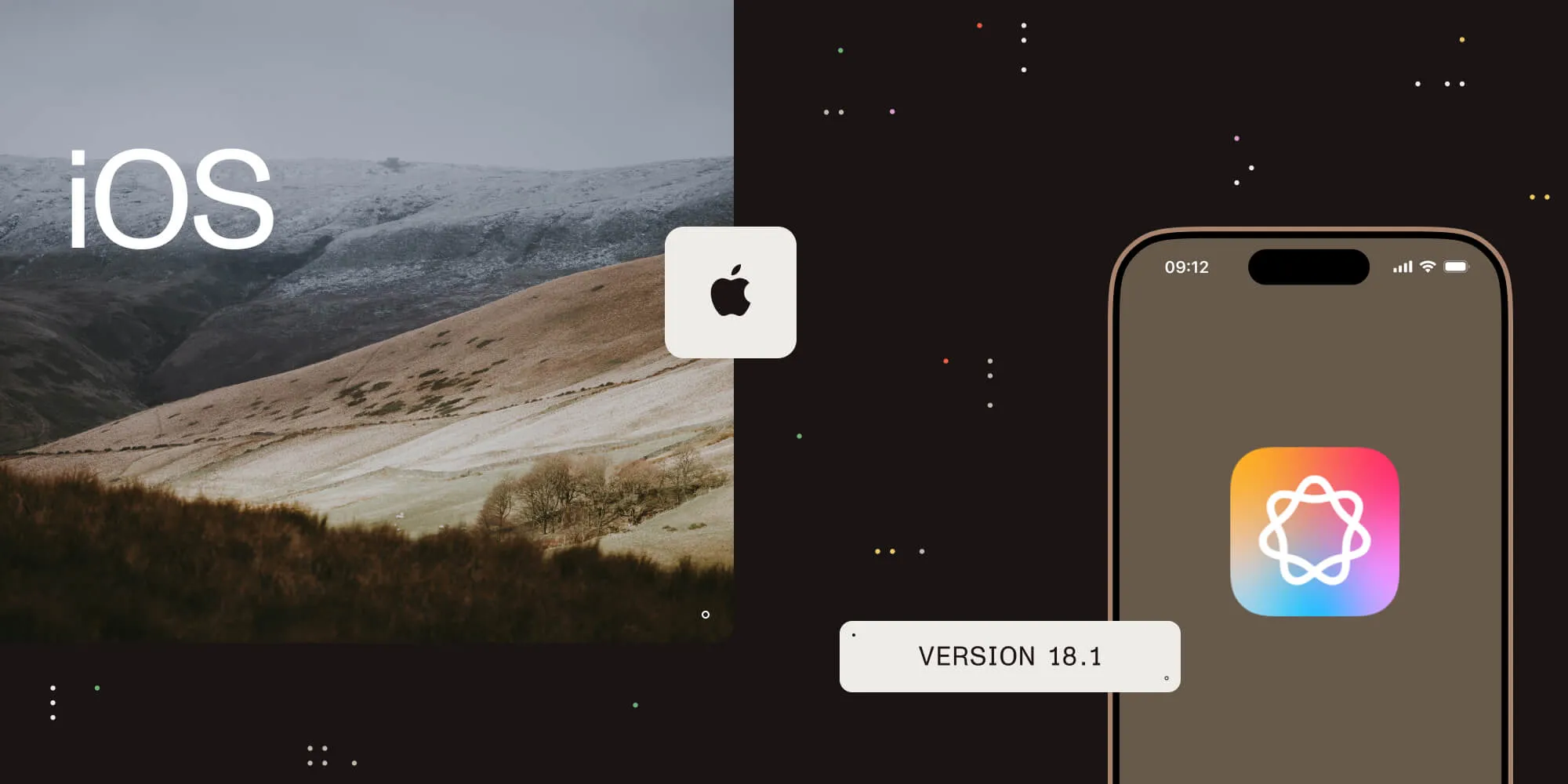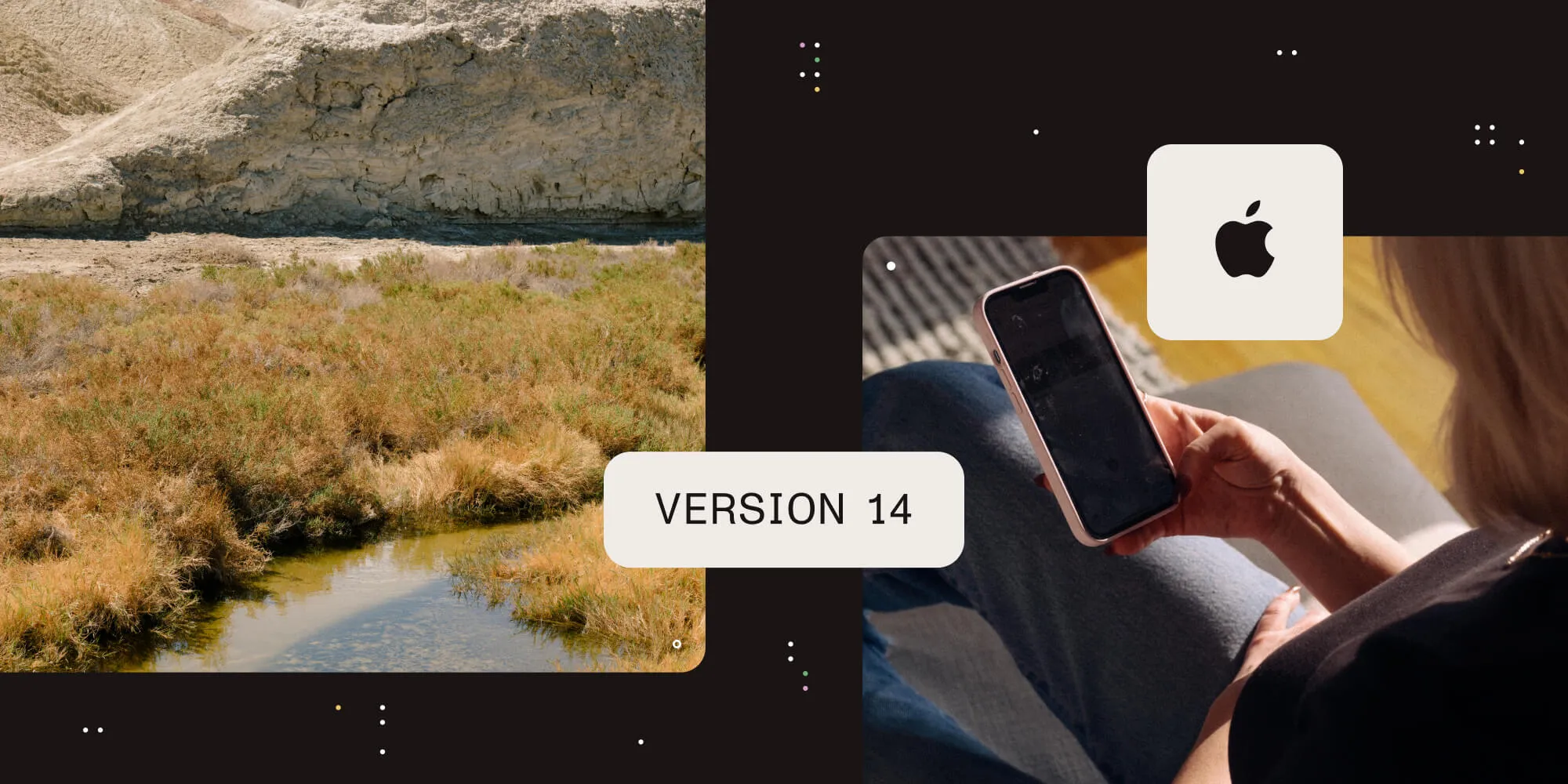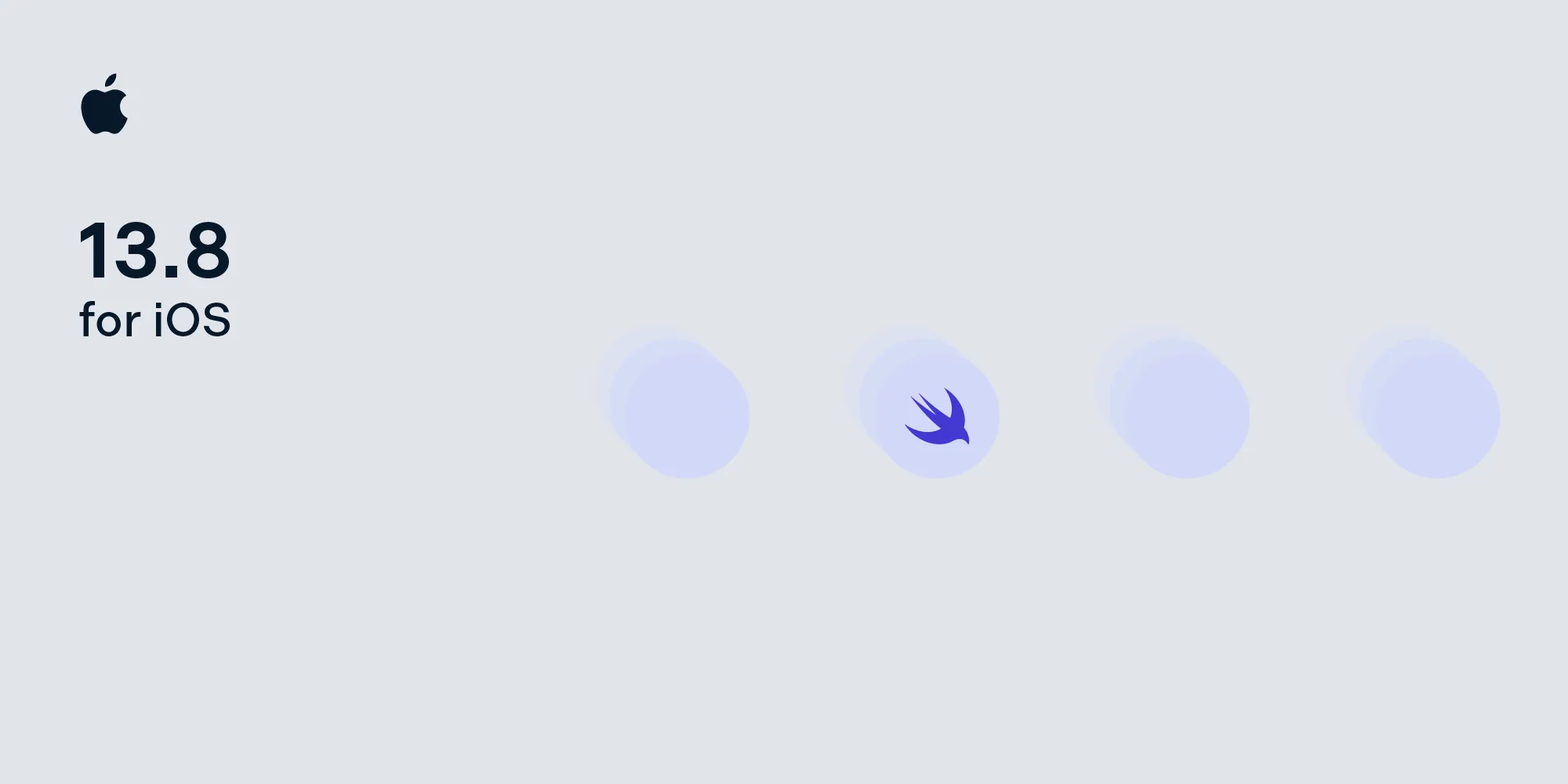PSPDFKit 6.7 for iOS
Table of contents
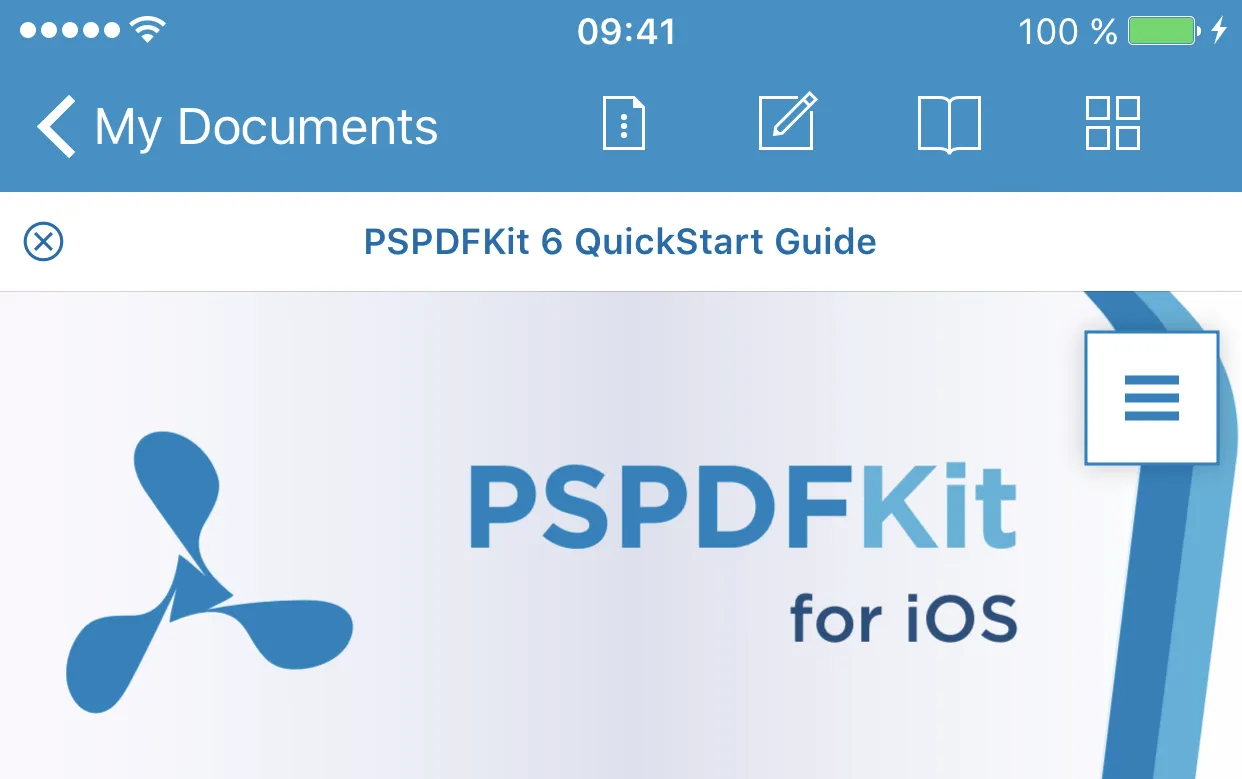
Today we're excited to release PSPDFKit 6.7 for iOS! This version includes a new page grabber UI control, file coordination support, document progress indication and various UI tweaks, improvements and bug fixes. You can read up on all the details in the changelog.
Page Grabber
PSPDFKit 6.7 for iOS introduces our new page grabber. This UI component allows you to quickly and conveniently scroll through all pages in a document. You can use it in addition to the scrubber bar with all configurations, as it supports all available page transitions, scroll directions, and page modes.
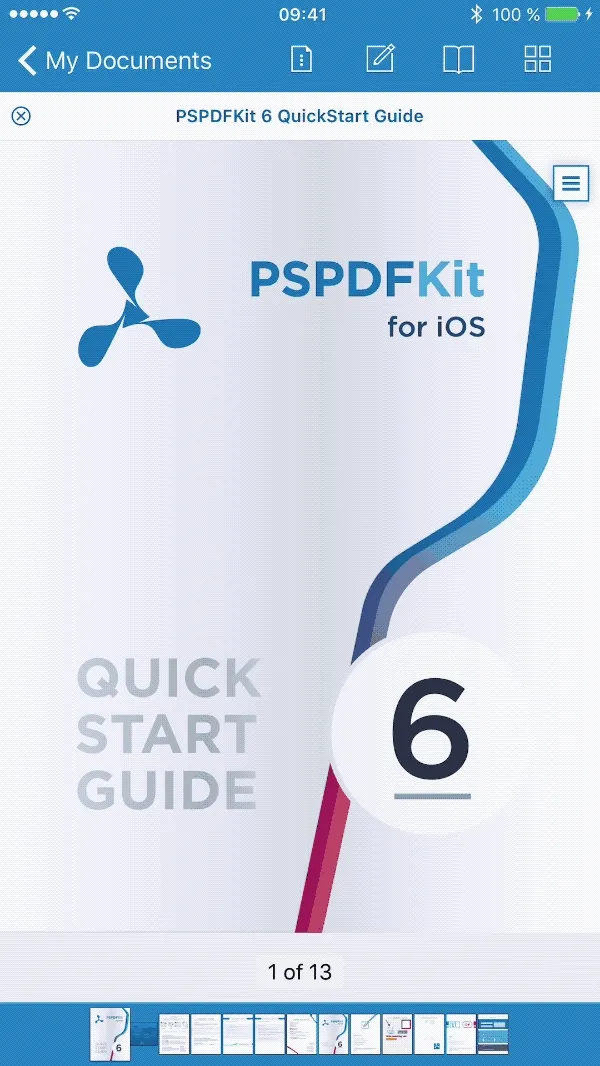
The page grabber can be enabled using the following code snippet.
let configuration = PSPDFConfiguration { builder in builder.isPageGrabberEnabled = true}let pdfController = PSPDFViewController(document: document, configuration: configuration)PSPDFConfiguration *configuration = [PSPDFConfiguration configurationWithBuilder:^(PSPDFConfigurationBuilder *builder) { builder.pageGrabberEnabled = YES;}];PSPDFViewController *pdfController = [[PSPDFViewController alloc] initWithDocument:document configuration:configuration];File Coordination
Since file access from different processes is no longer just an edge case on iOS, we decided to make all our PDF file related file system operations coordinated operations by default. This ensures that using a PDF file in an extension environment or with iCloud is now much safer than it was before. PSPDFDocument instances initialized with a file URL now automatically create a backing PSPDFCoordinatedFileDataProvider, which perform coordinated reads and writes. The coordinated data providers also observe the backing file for changes, by adopting the NSFilePresenter protocol, and automatically reload the UI when needed.
You can see this functionality in action by trying out the new open-in-place or iCloud support in our PDF Viewer App(opens in a new tab).
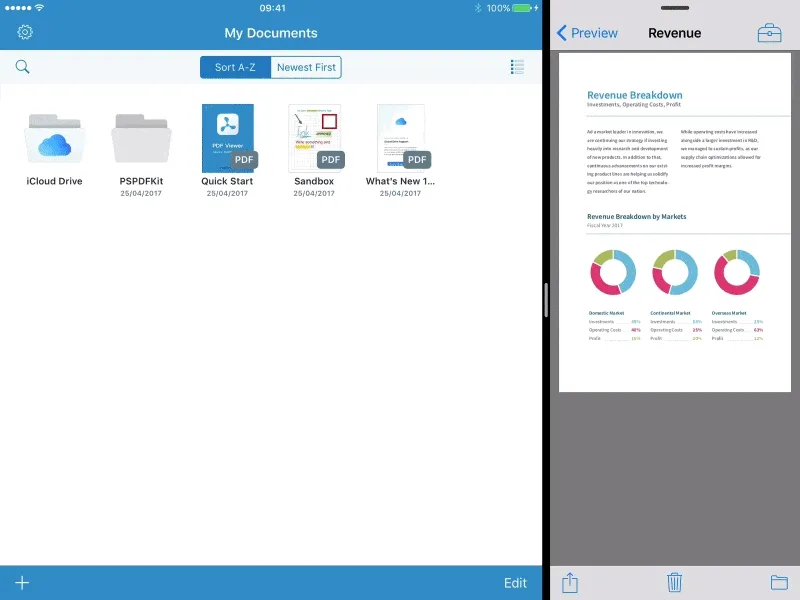
Document Progress Indication
If you are downloading or generating your PDF file on demand, you no longer need to come up with your own progress UI. PSPDFKit can now handle this for you. We extended our PSPDFDataProvider API with support for NSProgress and implemented a default progress UI inside PSPDFViewController. If you set up a data provider with an NSProgress object, we'll monitor its state and automatically show our progress UI while progress is ongoing.
let provider = PSPDFCoordinatedFileDataProvider(fileURL:destinationFileURL, baseURL:nil, progress: myNSProgress)let document = PSPDFDocument(dataProvider: provider)let controller = PSPDFViewController(document: document)PSPDFCoordinatedFileDataProvider *provider = [[PSPDFCoordinatedFileDataProvider alloc] initWithFileURL:destinationFileURL baseURL:nil progress:myNSProgress];PSPDFDocument *document = [[PSPDFDocument alloc] initWithDataProvider:provider];PSPDFViewController *controller = [[PSPDFViewController alloc] initWithDocument: document];Check out DocumentProgressExample.swift in our example Catalog for a full example.

Privacy Access Denied UI
PSPDFKit now shows a custom view when the user, via their privacy settings, denied access to things like the camera or the photo library, providing a consistent UI across all available source types. Previously the UI was partly provided by Apple's UIImagePickerController, and other source types used a custom alert view. This has now been unified, so all source types are using the same UI, while also improving the design.
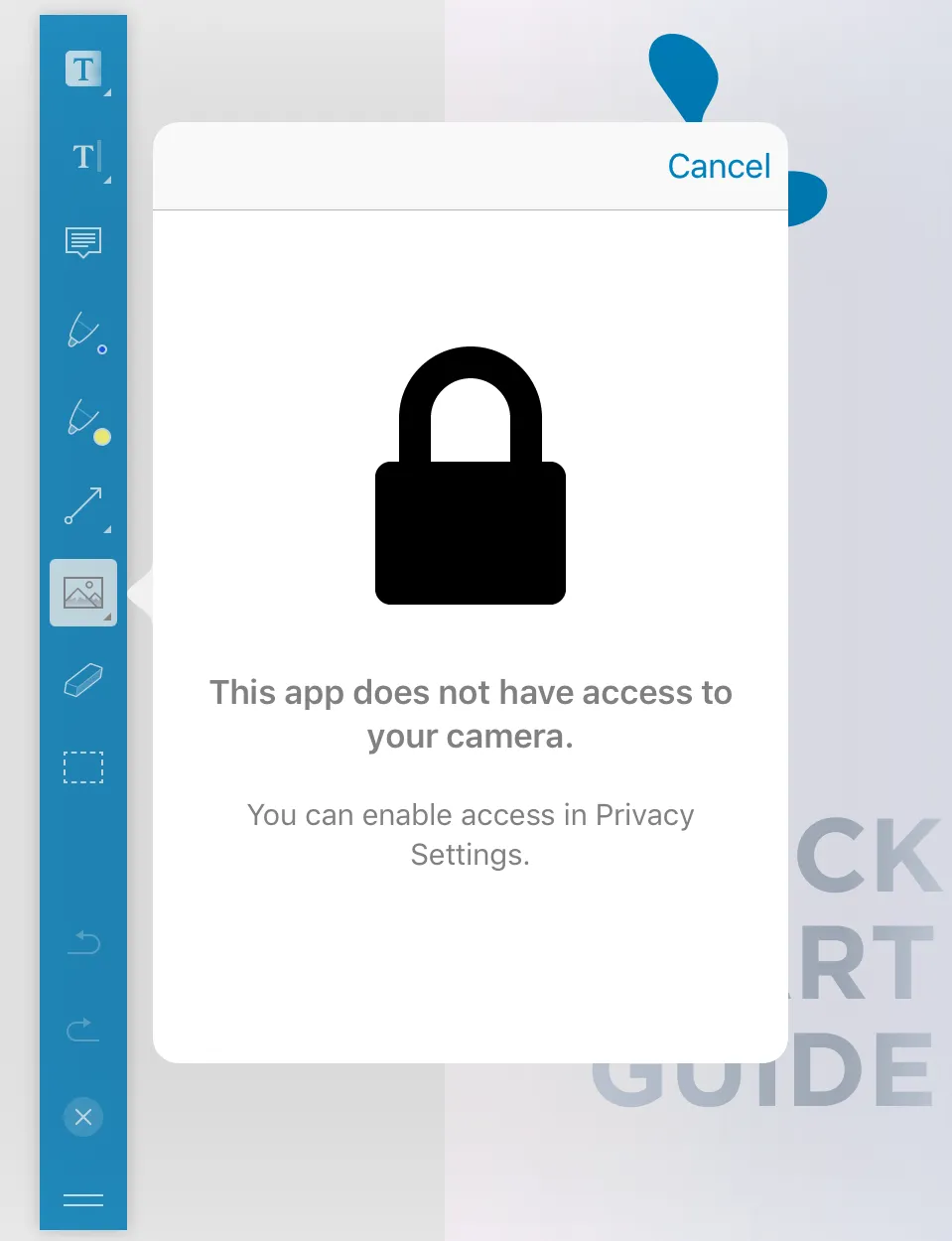
Various Details
Like with every release, this one is also packed with a lot of smaller improvements and fixes. Bookmarks have been refactored and made immutable. Some API have changed, which are outlined in the changelog. We improved support for annotation flags, as well as the corresponding documentation, to reflect the current state. Annotations now respect their minimum size during creation as well as when the annotation is already added to the document and resized. The outline list scrolling behaviour received some fixes. Choice forms are now providing a better UX by making the option list searchable and scrolling automatically to the selected option.
